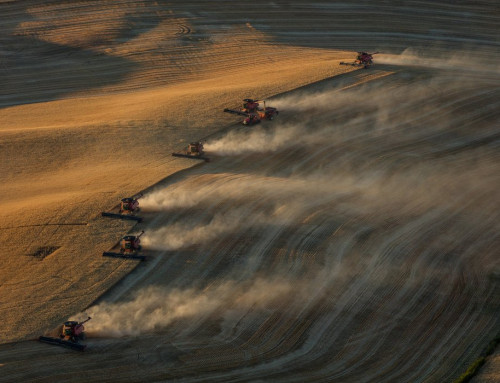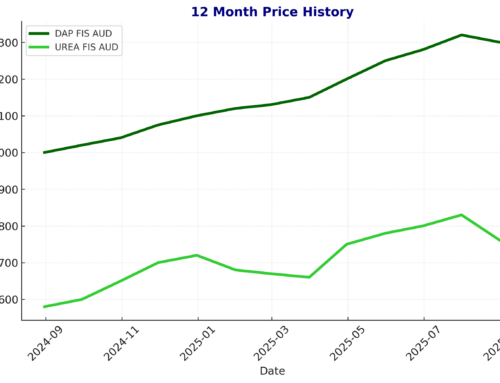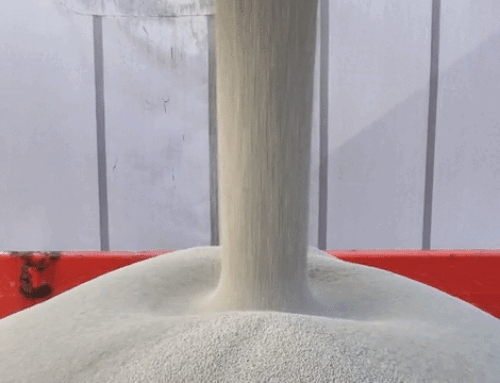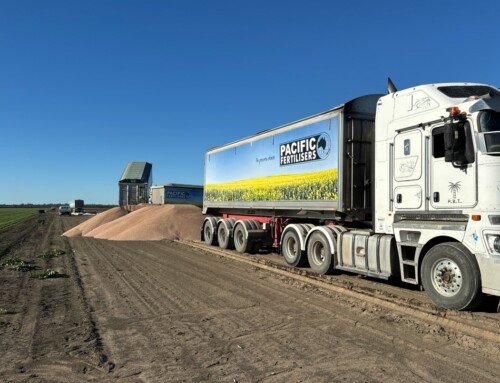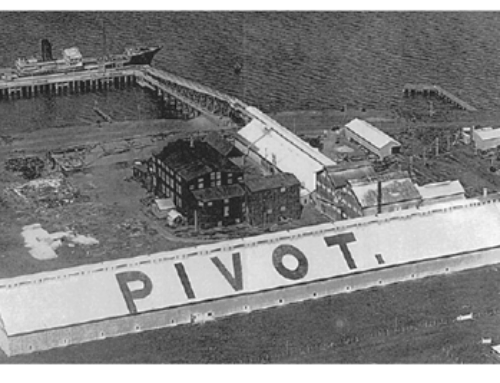Winter Sowing
Sowing is off to a good start with soil moisture profiles looking very healthy in most regions, with potentially more rain to follow this week. Harvesting of sorghum and cotton in the north continues to provide mixed results, but overall confidence in the industry is high with moisture, water and stock prices on the rise.
Fertiliser Pricing Update
Thankfully for farmers, most fertiliser prices have been relatively flat for the start of the year, even with the current global events.
PRICING
The Urea market has again shown volatility during the start of the year with bulk urea prices now back in the low 600’s ex Eastern ports (down from mid 700’s). There is a large volume of urea on the water, but discharge timing will be critical to supply the Eastern top dressing window.
Phosphate prices on the global market have been flat with AP’s trading in mid $1000’s. Domestic stock levels of AP’s on the East Coast are very low esp in the south. Single Super is trading in the low $400’s ex eastern ports.
SUPPLY
Global supply chains have been disrupted by the recent overseas conflicts, leading to most fertiliser products being in short supply domestically. Port congestion on the East Coast of Australia is also delaying fertiliser ships discharging by up to 28 days.
A Port Operator comment in April was “We are facing very severe Port congestion, especially in the Newcastle and Geelong footprints, to put it into perspective there are 18 Vessels off Newcastle all trying to dock and 14 are fertiliser vessels, all booked to discharge at the same berth.”
Supply chain issues remain an issue, so we advise farmers to be organised and to secure volume well in advance.
If you are after firm fertiliser prices, please contact us for pricing and options.

Soil Carbon Discovery
Adding calcium to soils can help increase organic matter & trap more Carbon.
Carbon, which makes up about half of the organic matter in soil, is incredibly important to soil properties. Soils with good Organic Carbon (OC) levels are better at holding on to water in drought conditions and they’re more resistant to erosion. Soils with higher amounts of OC are also able to deliver nutrients more efficiently to plants and promote plant growth.
The importance of Calcium as a mediator of microbe-mineral-organic matter interactions and resulting Soil OC transformation has been largely overlooked. An experiment at the Connecticut Agricultural Experiment Station proved this connection. “We showed that by adding calcium to soil, we changed the community of microbes in the soil and the way they process organic matter,” says lead researcher Itamar Shabtai, an assistant scientist at the Connecticut Ag station. “They processed it in a more efficient manner – more carbon was retained in the soil and less was lost to the atmosphere as CO2.
“Now that we have a better understanding of how calcium can impact how microbes improve soil carbon, we can perhaps use soil amendments that contain calcium and are already being used by farmers – such as lime and gypsum – in a way that can benefit soil organic matter.”
The full report of the study can be found at the following link.
https://www.nature.com/articles/s41467-023-42291-6.
Referenced Authors – Itamar A. Shabtai, Roland C. Wilhelm, Steffen A. Schweizer, Carmen Höschen, Daniel H. Buckley & Johannes Lehmann


